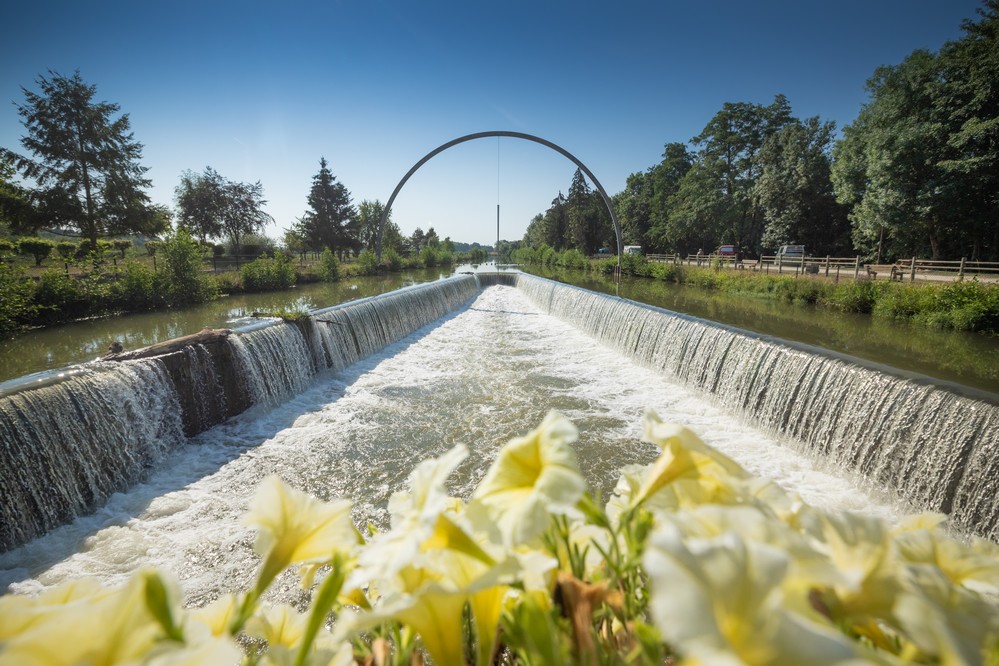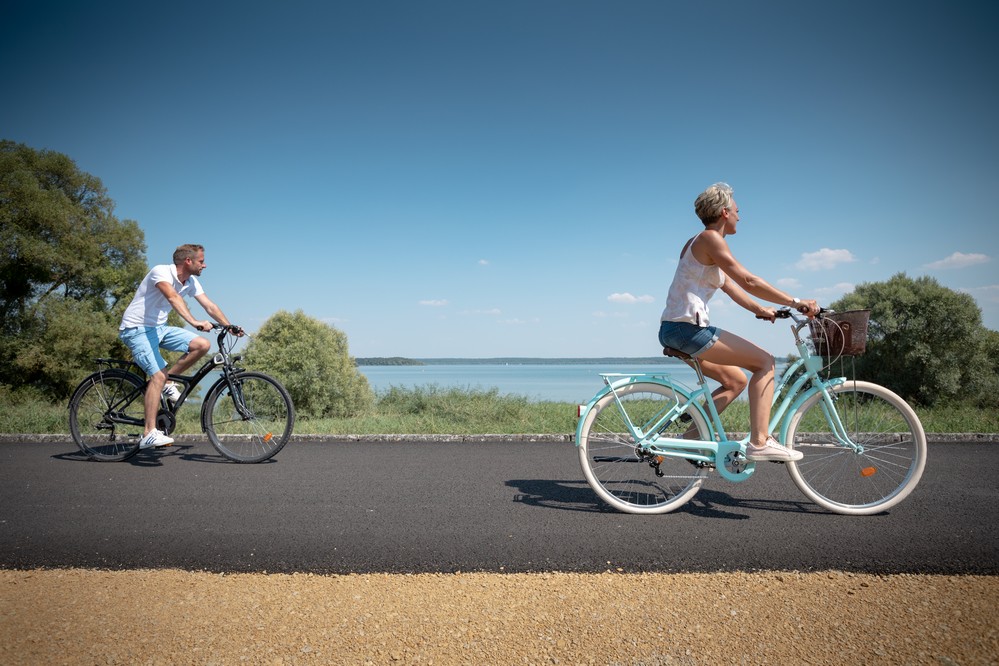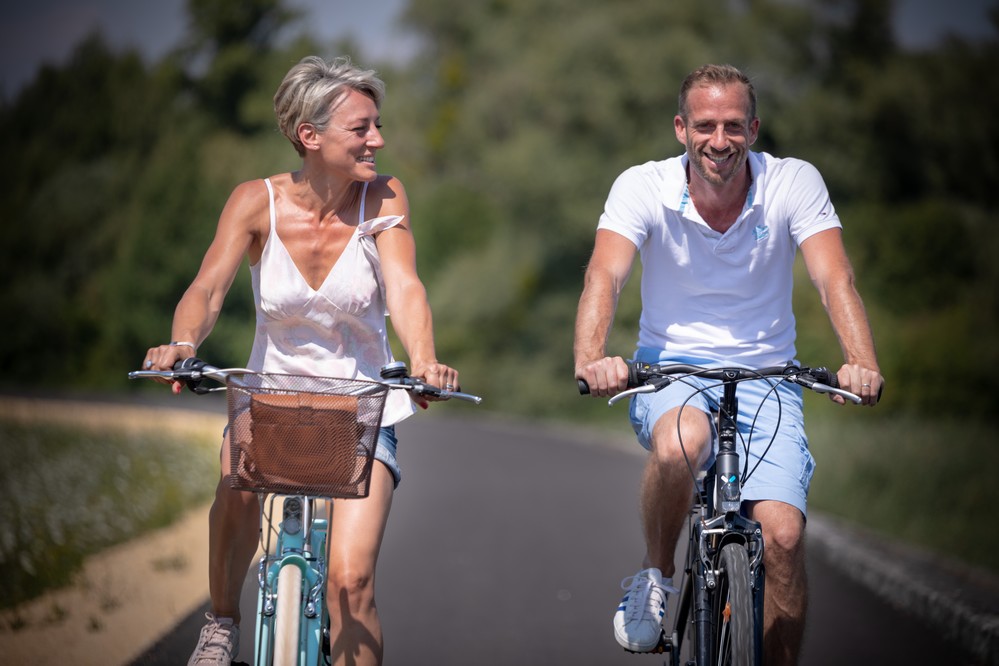To the south-east of Troyes, in Saint-Julien-les Villas to be exact, lies the lake bike path which lines the outlet canal for the Seine reservoir.
And before that, the path passes by the even more delightful Parc des Moulins. As its name suggests, the bike path leads cyclists, walkers, rollerbladers and even horse riders to the banks of the famous Grands Lacs de Champagne.
Head toward Port Dienville on the Lac Amance, forty-two kilometres away. Or Lac d’Orient, just seventeen kilometres away.
But if the distances are too long for you, there are car parks along the route, so you can choose the length of your journey according to your capacity and desire.
The bike path provides a wonderful panel of natural settings, with pastures, lakes and forests. Walkers can explore dykes, rural paths, beaches, forest tracks, and even sometimes stray onto local roads.
Along the way, walkers cross a cow path near Courteranges: a sort of tunnel for cows to access the cowshed without bothering the traffic, and a wooden bridge for jumping over the amphibian population in the forest ponds.
The inner circle
Most of the sculptures dotted across our region have one thing in common: they depict human figures, be they real characters, metaphores or myths.
Yet one, found near Lusigny-sur-Barse, breaks with this anthropomorphic tradition. It is a purely abstract work signed by Klaus Rinke: a steel arch crossing the outlet canal for the Seine reservoir.

At the summit of this 25-metre arch hangs a long steel needle whose point brushes the eddies of the spillway. This esoteric sculpture is one of four works ordered as a tribute to the writer and philosopher Gaston Bachelard, native to the region, and to the four elements he focused on in his works.
Of course, in the case of the work by German sculptor Rinke, the element is water. His work, mounted in 1986, is open to many interpretations.


